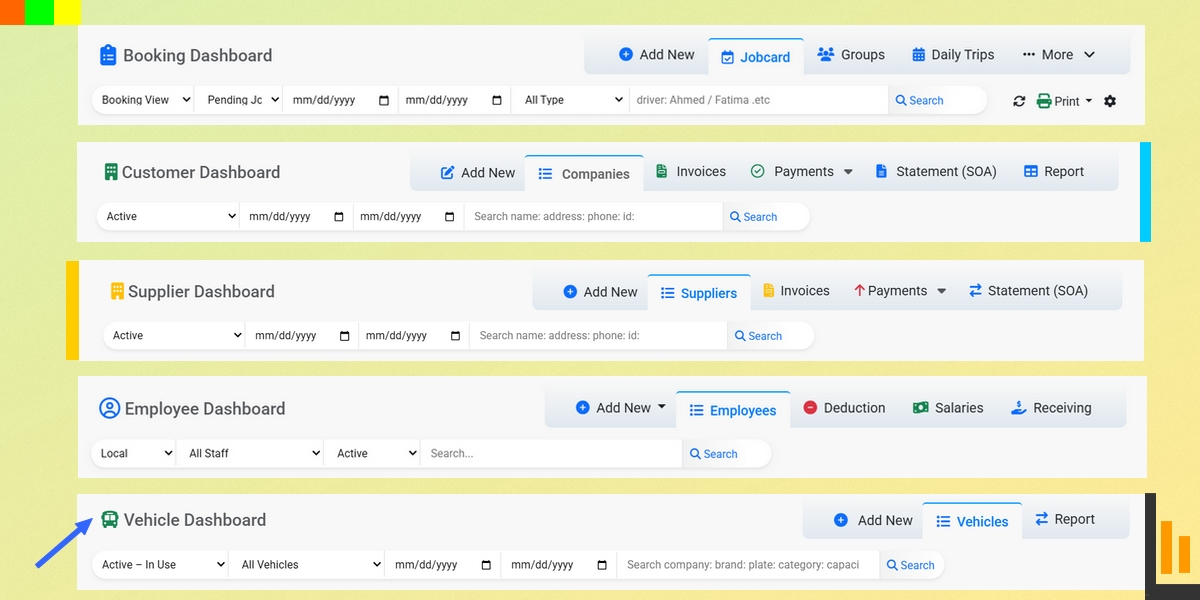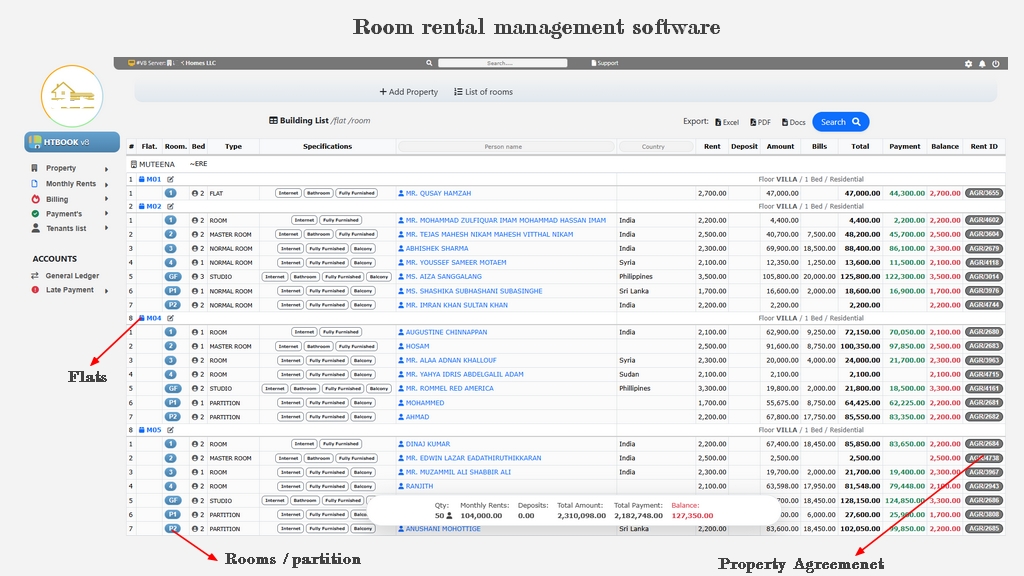
Top Benefits of Using Transport Management Software in 2025
Transport Management Software makes work easier by planning schedules automatically, choosing better routes, saving fuel, and delivering faster. It shows live tracking, gives helpful reports, and improves customer service, making it a must-have for transport busines...
Transport Management Software:
Transport Management Software (TMS) is a digital system that helps plan, manage and optimize the daily operations of transport and logistics. It improves efficiency, tracks vehicles, reduces costs and supports better decision-making through automation and real-time data.
What are Benefits of Using Transport Management Software:
Transport Management Software (TMS) helps transport companies work faster and with fewer mistakes. It automates tasks like route planning, vehicle dispatch, and delivery tracking. This saves time, fuel, and money. TMS also stores bills and delivery records digitally, reducing paperwork. It keeps track of driver hours, vehicle checks, and licenses to follow transport rules. Managers get useful reports to make better decisions. TMS connects with other systems and helps companies grow with better control and lower costs.
Benefits of using transport management software with details:
1. Operational Efficiency:
- ⚙️ TMS automates routes, dispatch, loads, and delivery scheduling.
- ❌ Reduces manual work and errors for smoother, faster operations.
- 🚦 Chooses best routes using traffic, distance, and time data.
- 📁 All data is stored in one place, so teams can coordinate better.
- 🔔 Real-time alerts keep drivers, dispatchers, and customers informed.
- ⚡ More work is done in less time with fewer resources.
- 📈 Businesses can serve more customers, meet deadlines, and focus on growth.
2. Cost Savings:
- 📄 Reduces paperwork and manual tasks, saving time and labor costs.
- 🛠️ Monitors vehicle maintenance to avoid costly breakdowns.
- 🛣️ Plans the best routes to save fuel and time during trips.
- 👨✈️ Tracks driver performance to reduce accidents and delays.
- 🕒 Ensures on-time deliveries and avoids penalties with better scheduling.
- 📊 Provides simple reports to spot and solve problems quickly.
3. Paperless & Digital Operations:
Digitization and going paperless mean changing from using paper for business tasks to using digital methods. This means using digital tools and technology to handle and organize information instead of using paper documents. Small and medium sized businesses (SMBs) can gain a lot from going digital and using less paper. This can help them work faster, save money, reduce mistakes and work together better. By using digital tools and going paperless, small and medium-sized businesses can make their work easier, help the environment and stay competitive in a fast changing market.
4. Customer Satisfaction:
| Aspect | Explanation |
| 😊 What it Means | How happy customers are with service, support, and overall experience. |
| 📊 Business Value | Shows how well a company meets customer needs and expectations. |
| 🔁 Customer Behavior | Satisfied customers return, refer others, and trust the business more. |
| 🗣️ Feedback Helps | Feedback helps improve services and fix issues quickly. |
| 🏆 Competitive Advantage | In a tough market, happy customers help build reputation and long-term success. |
5. Scalability & Growth
- 📈 Growth brings more orders, customers, and routes, making operations complex.
- ⚙️ A scalable TMS can handle increased shipments, users, and data with ease.
- 📦 It keeps everything organized and efficient, even as the business expands.
- ⏱️ Without a scalable system, companies may face delays and poor service.
- 🔄 It helps businesses adapt to market changes and customer needs.
- 🧠 Supports better decision-making with accurate, real-time data.
- 🚀 Enables long-term success by growing with the company.
Table Content:
More Insights for You

